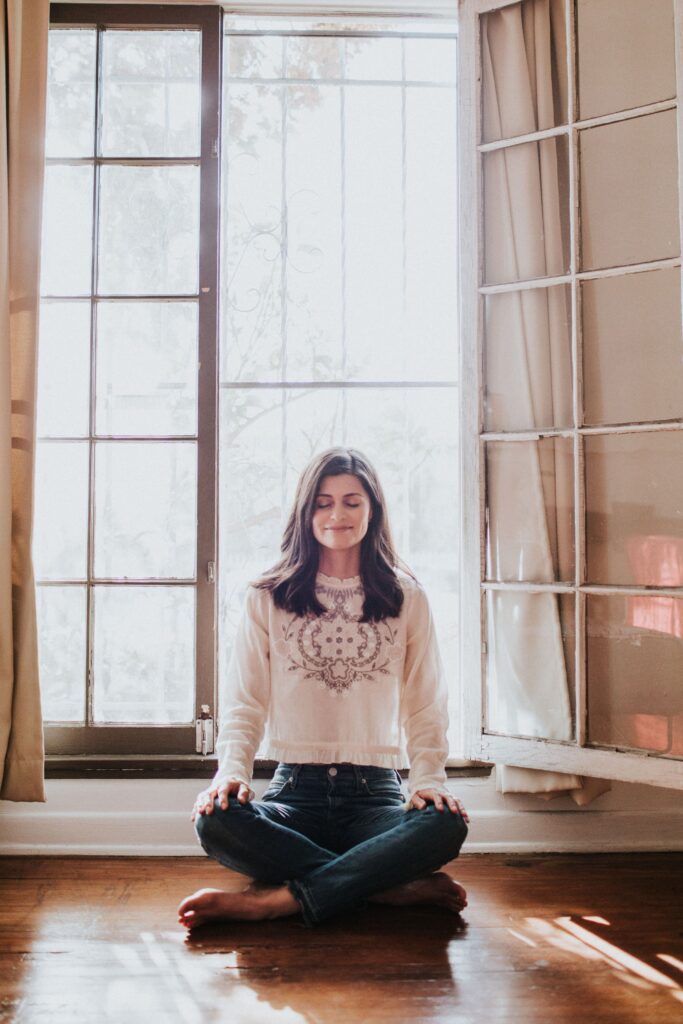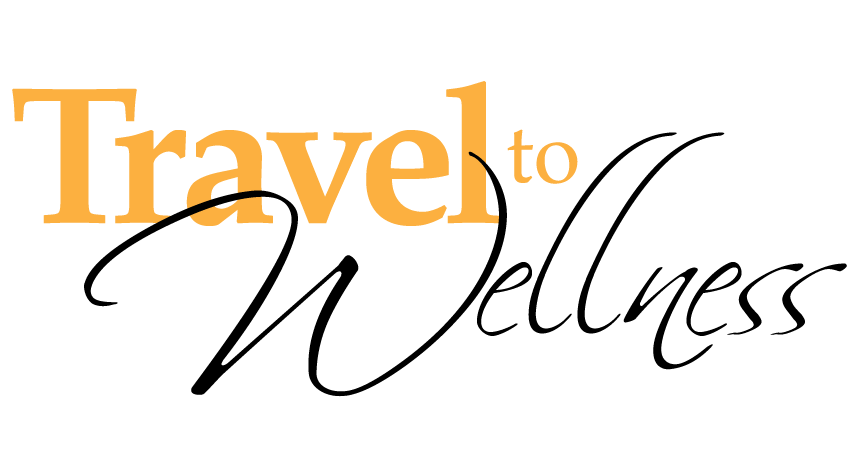By Ana Lilia

2020 has been a very stressful and overwhelming year for everyone. From the disruption of our “normal life” activities to the concerns of getting sick, to isolation and loss of income or employment…the list goes on.
So what can we all do right now to feel calm? Keep reading.
As a society, we are at our breaking point. This has led to a rise in anxiety and depression. In fact, it is currently estimated that anxiety affects over 40 million people in the U.S. alone. Because anxiety presents itself differently in people, you may not even realize that you or a loved one is suffering.
Signs and symptoms of anxiety may include:
- Constant worrying
- Feeling panicked when you’re not in control
- Difficult to focus or be present
- Physical tension in body
- Nervousness
- Trouble getting good sleep
- Restlessness
- Upset stomach
- Feeling overwhelmed
This holiday season, which already tends to be a stressful time, is expected to be extra stressful since many of us cannot physically be with our loved ones. On top of that is the risk of exposure to COVID-19. We are overly-stressed and anxious. It’s easy to feel like it’s just the way it is and we can’t do anything about it. The good news is that anxiety is highly treatable, and you CAN find relief and experience calm and inner peace. I know this because I’ve lived with anxiety for as long as I can remember, and have been able to find my inner peace and calm using some very simple strategies. Six years ago, I discovered breathwork. The simple act of changing the way I breathe helps me to change the way I feel. I go from feeling panicked and anxious to calm, clear, and in control in a matter of minutes – all by using my breath. Simple daily mindfulness practices that have a powerful impact.
How does Breathwork help manage anxiety?
Breathwork is an active form of meditation where you manipulate your breath to change the way you feel. Our body knows how to breathe naturally, but a lot of times we aren’t breathing properly. This creates an imbalance in the oxygen and carbon dioxide exchange, which can contribute to anxiety, panic attacks, and fatigue. When you are anxious, you tend to take shallow, rapid breaths from your chest, and you may even start to hyperventilate. This increases your heart rate and creates muscle tension. Your sympathetic nervous system becomes activated, and there is a surge of adrenaline and cortisol alerting your body that it needs to protect itself.
When we shift our breathing to abdominal breathing (using your diaphragm), your body enters into a relaxed state. Your parasympathetic nervous system gets activated and slows your heart rate, which helps to reduce the feelings of anxiety. Breathwork also has mood-boosting powers that help you feel calm and relaxed. Having a daily practice of active breathing is an important component to reducing anxiety.
No experience necessary
Breathwork is a simple, yet powerful, practice. Anyone can do it, and it’s perfect for you if you’ve never meditated before or think you’re “not good” at meditating. During the pandemic, I created a seven-day program on how to use your breath to calm your body and mind. It includes guided meditations that help you connect with your body, slow down, and take deep breaths to promote relaxation and rest. In addition to using your breath to calm your mind, visualizations are another powerful technique that can help you cope with anxiety and constant worrying. It focuses your attention on more calming and peaceful images.
3 things you can do right now to feel calm
- Notice how you are breathing. Are you holding your breath? Is your breath really shallow? Is it fast? Is it panicked? Your breath will tell you your emotional state. Place your hand on your belly and take a long, deep inhale using your diaphragm. Using this technique, you’ll notice that your belly expands as you inhale and contracts as you exhale. This allows your body to calm down and relax.
- Go to your happy place. Although COVID-19 has cancelled this year’s vacation plans, start to imagine that first trip you’re going to take once things get back to normal. Close your eyes and imagine being in your happy place – that place where you feel safe, calm, and supported. This is a place where you don’t have to worry about anything. Embody the relaxation, noticing your body getting softer. Trust me – your mind won’t know the difference.
- Be present. When you’re anxious, it’s easy to get stuck in your head. The more you learn to focus on what is happening now, the more you can control your body’s response to these thoughts and feelings. First, notice five things that you see. Look around you and pick out something that you don’t usually notice. Second, notice four things you can feel. For example, the texture of your clothing or the smooth surface of your computer or phone. Then notice three things that you can hear. Notice the birds chirping outside or an appliance humming. After, notice two things you can smell. Maybe it’s the smell of food or a flower. And lastly, notice one thing you can taste. Take a sip of a drink, or notice the current taste in your mouth.
Most importantly, be kind to yourself. You are doing the best you can. This has been too much for anyone to handle. As we adjust and adapt, it’s important to not only take care of our physical health, but also our mental health. Give yourself permission to take time to take care of yourself. If you’re short on time, know that you can always use your breath to calm your body and mind.
~ ~ ~ ~ ~
Ana Lilia is a certified breath-work teacher and healer leading thousands of people to intimately connect with their breath as a pathway for transformation. Ana channels her intuition and seamlessly blends active breathwork, intuitive guidance, and curated music to create personalized and healing journeys. She creates safe, supportive, and loving spaces for participants to connect with deep parts of themselves, access their intuition, and unleash creativity. To learn more about Ana Lilia visit her web site. And to access her 7-day Breathwork for Anxiety program




